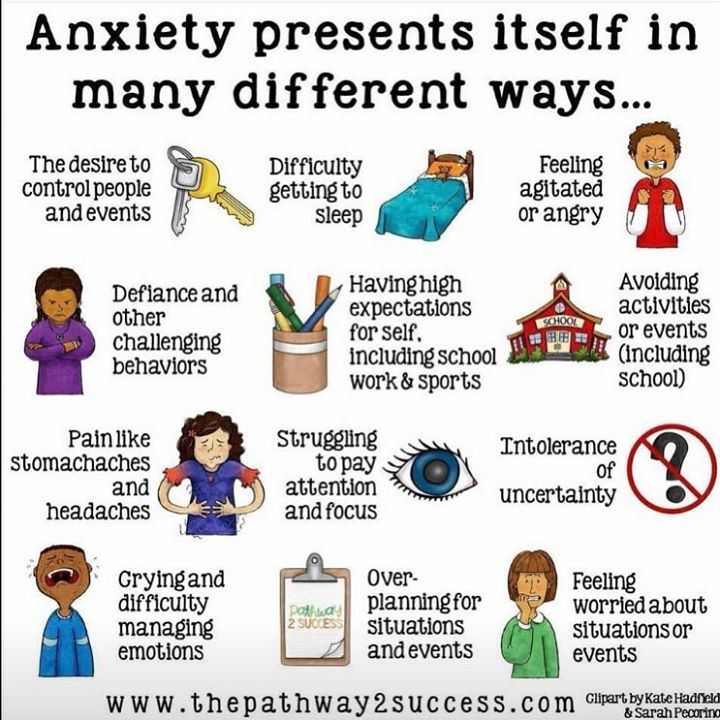Welcome to Zones of Regulation!
On Monday , May 23rd, children and staff took part in our Zones of Regulation Assembly.
We looked at the Yellow Zone.
What feelings belong to this zone?
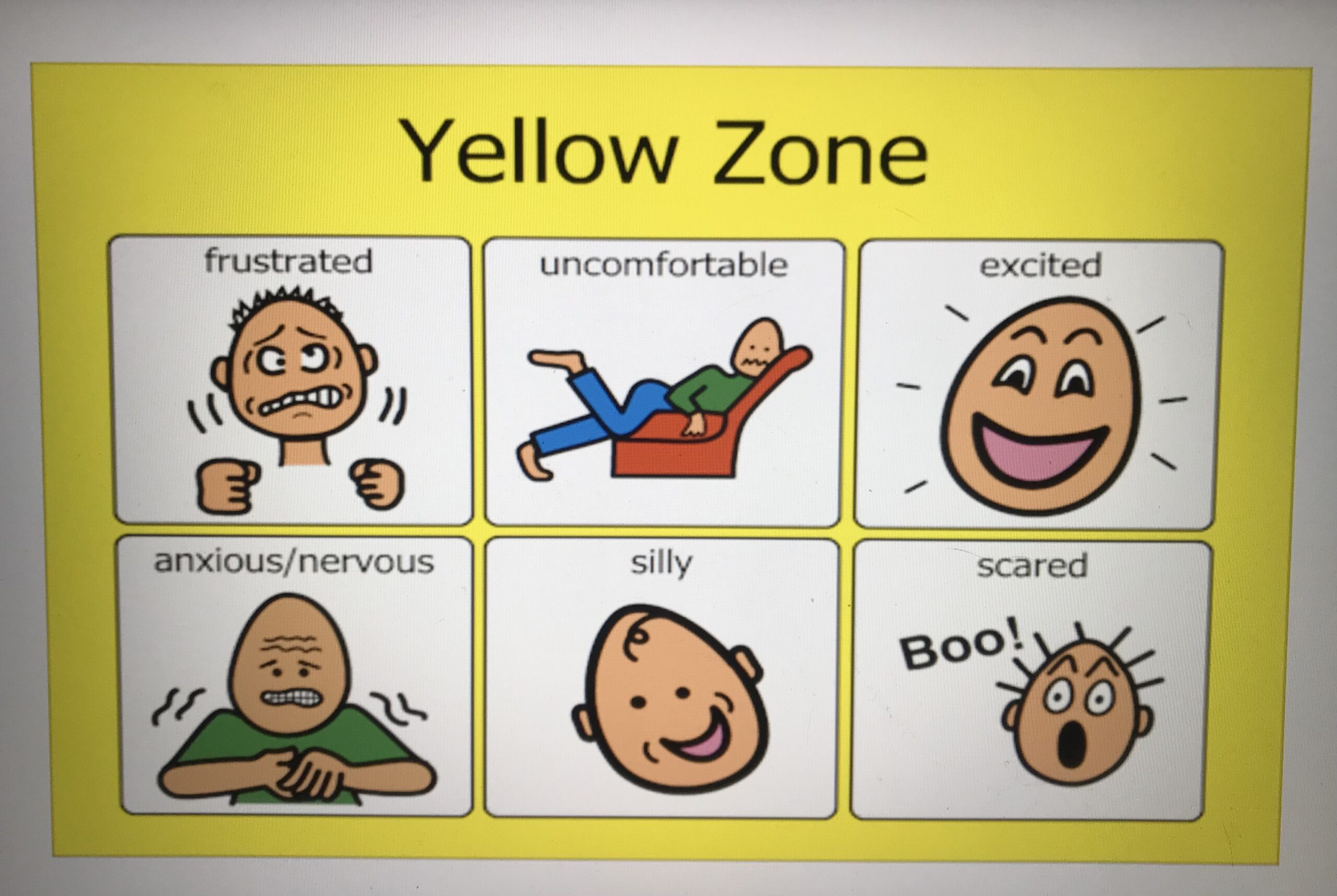
What behaviours might we display when we are in the Yellow Zone? What tools can we use to help us or others?
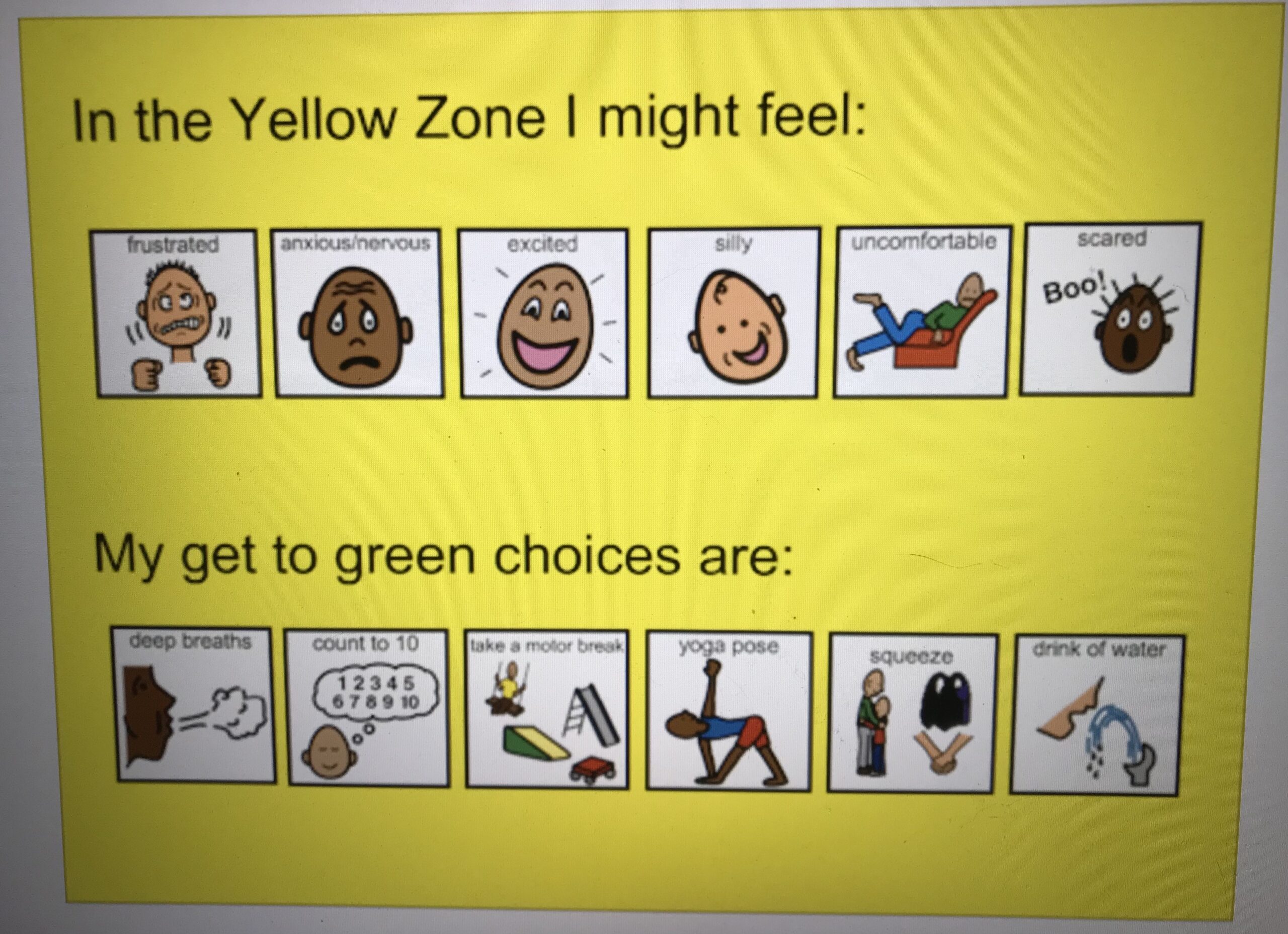
We also looked at the physical signs of a yellow feeling like worry and anxiety. We discovered that Worry and Anxiety can feel like a tummy ache, uncomfortable pressure in our tummy area, heavy head or a headache, tension in our bodies. Worry and Anxiety can also cause for our words to get stuck or make a stammer worse.
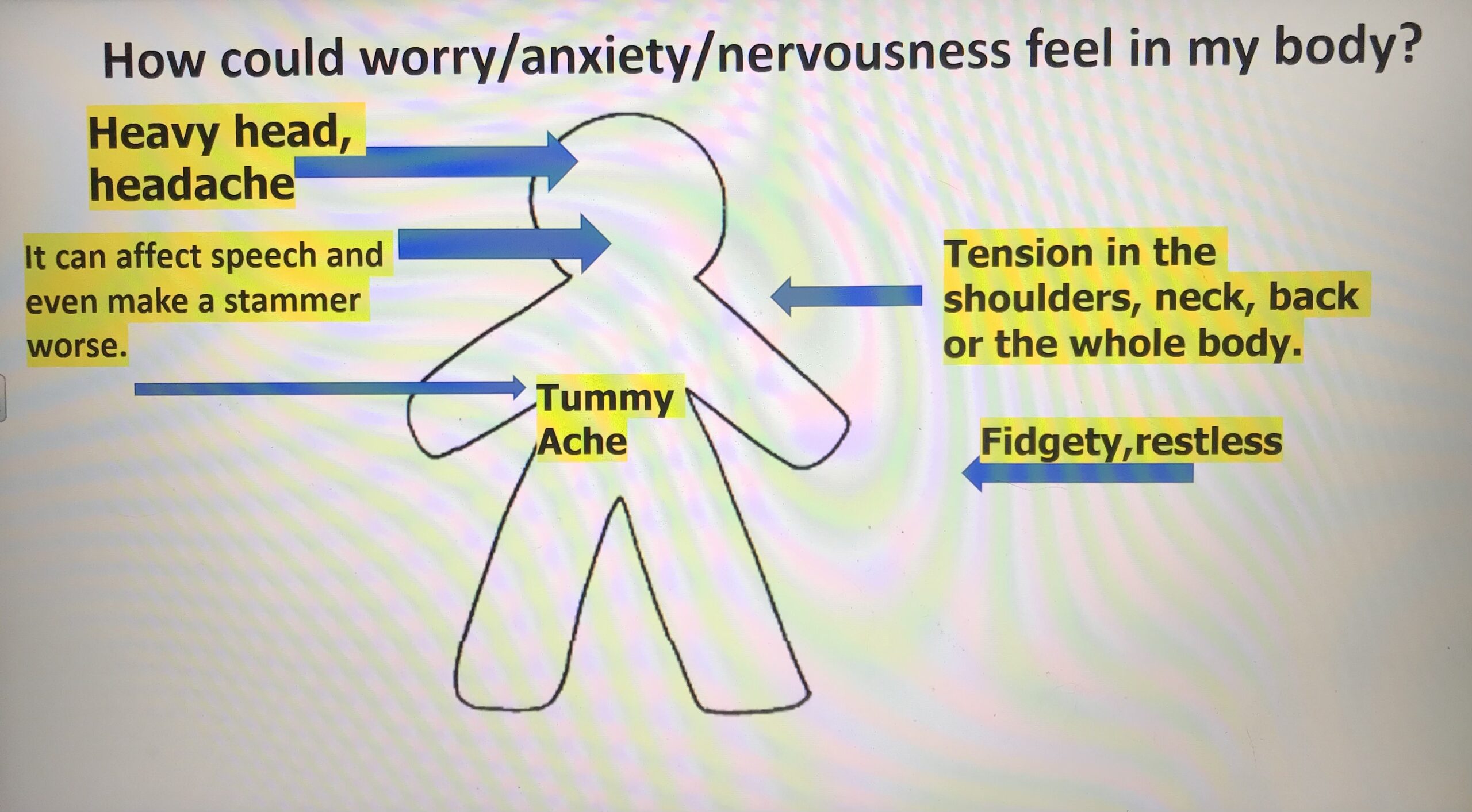
We focused on understanding what stammer is and how we can put into practice care and consideration. We used the video below.
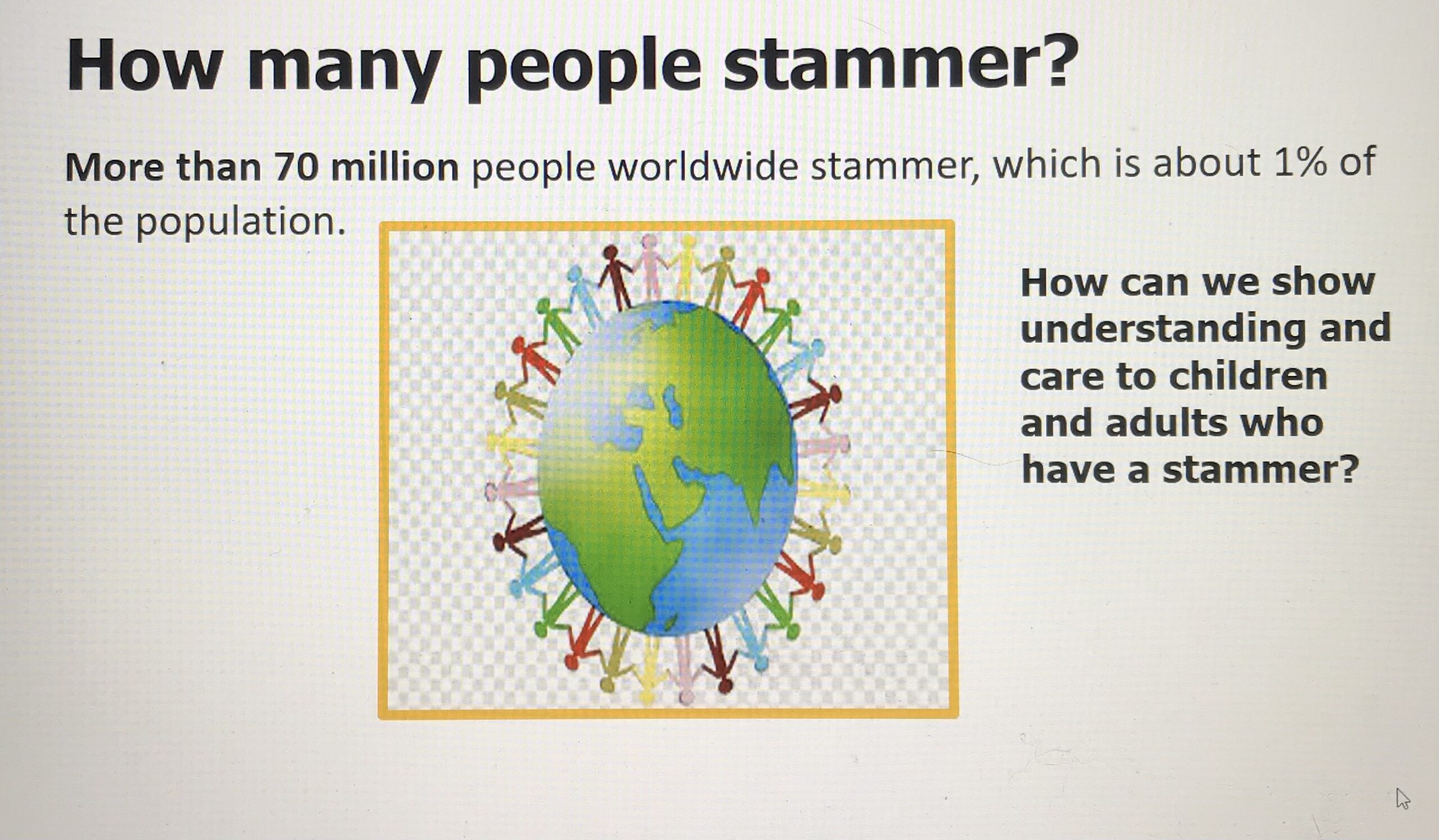
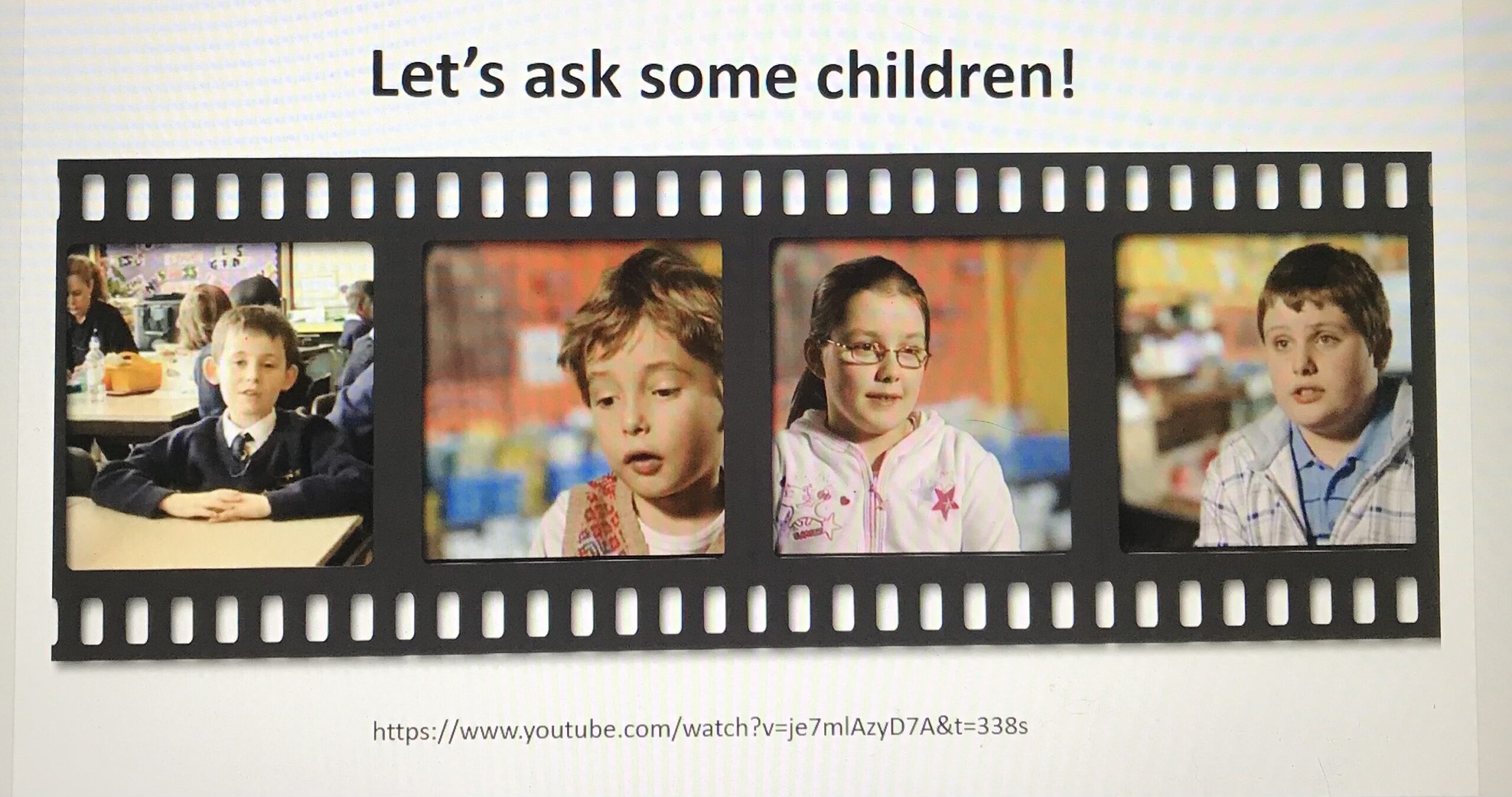
https://m.youtube.com/watch?v=je7mlAzyD7A http://
We ended the assembly by looking at famous celebrities in the arts, sports, maths and politics including singer Gareth Gates, golfer Tiger Woods, mathematician Alan Turing , USA President Jo Biden and King George VI, the father of Queen Elisabeth II.
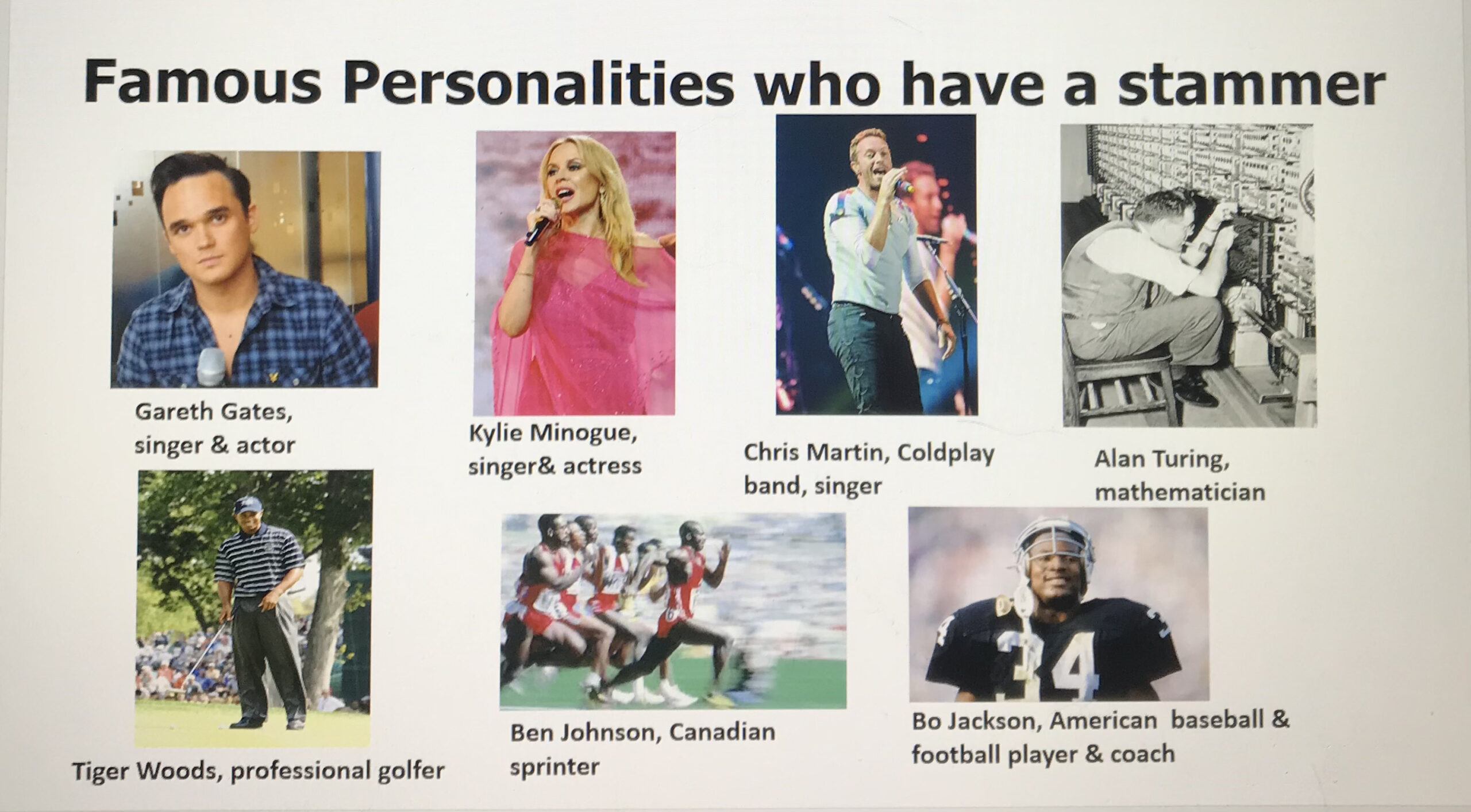
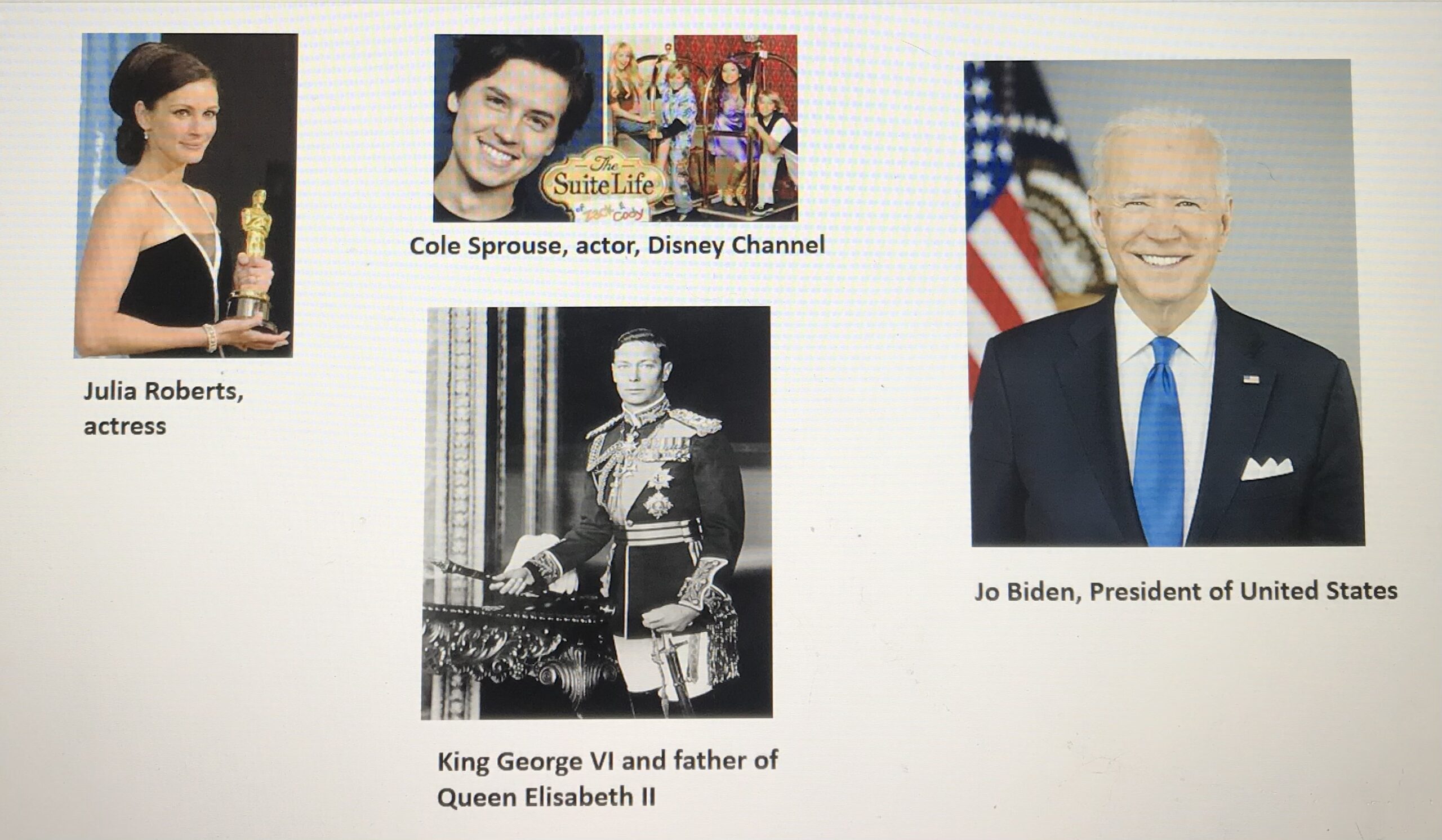
[dropshadowbox align=”none” effect=”lifted-both” width=”auto” height=”” background_color=”#ffffff” border_width=”1″ border_color=”#dddddd” ]Feelings are part of what makes us being human. Sometimes they can be baffling, overwhelming, confusing…they can lead us to behave in unexpected ways. How can we become more familiar with our feelings, especially when we are very young?[/dropshadowbox]
[dropshadowbox align=”none” effect=”lifted-both” width=”auto” height=”” background_color=”#ffffff” border_width=”1″ border_color=”#dddddd” ]At Howard Primary we use the language of Zones of Regulation and we see feelings also as having physical signs. We talk about feeling uncomfortable and our cheeks getting hotter. We talk about how feeling anxious can make our shoulders tense up or our palms become sweaty. Slowly we get to know what feelings feel like and we learn new words to express ourselves. We learn how to be emotionally literate.[/dropshadowbox]
We classify feelings/emotions and how they can make our body feel into four zones:
Green Zone = when you are ready – “good to go.” You feel happy, calm, focused, ready to learn
Blue Zone = when your body is running slowly, such as when you are tired, sick, sad or bored.
Yellow Zone = when you feel your engine is running high, such as when you are frustrated, overwhelmed, silly, wiggly, excited, worried, anxious or surprised.
Red Zone = is when you have “flipped your lid.” You have extreme feelings such as panic, uncontrolled anger, aggression or elation.
We play games to familiarise ourselves with the language of feelings as children might only know the word happy and angry to express their feelings. Games such as Emotions Bingo or Let’s sort our feelings out
Why not have a go at the game below?
The answers are in this file:
Answer_ Emoji Zones Matching chart
Let’s look at ANXIETY more closely.
How could it make our body feel? Which unexpected behaviours could anxiety lead us to display?
This cartoon explains how baffling feelings can be for children and adults. That is why it is very important to get to know our emotions and how they can affect our behaviour and self worth.
Emotional literacy does not just happen, it is a skill which can be taught. Awareness is the first step on the road to emotional literacy.

